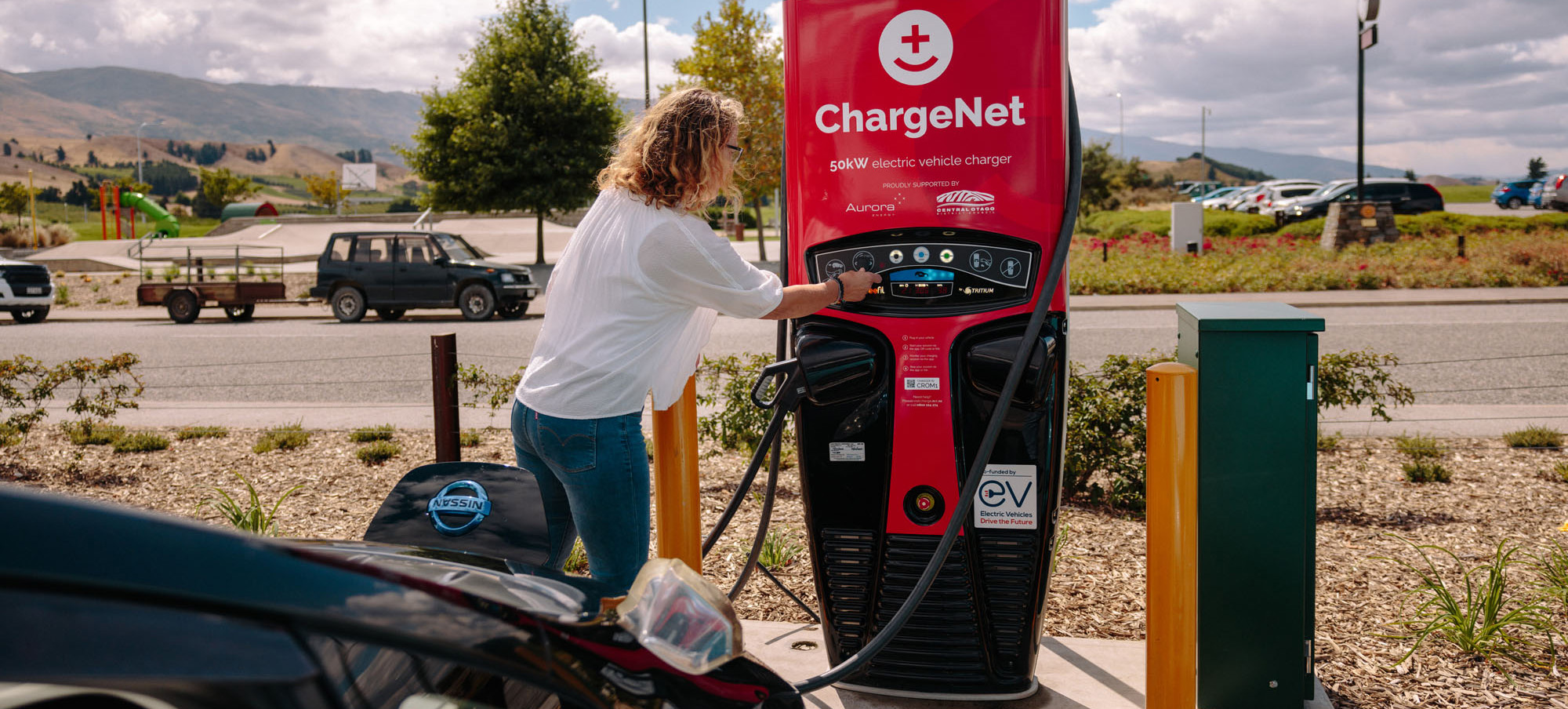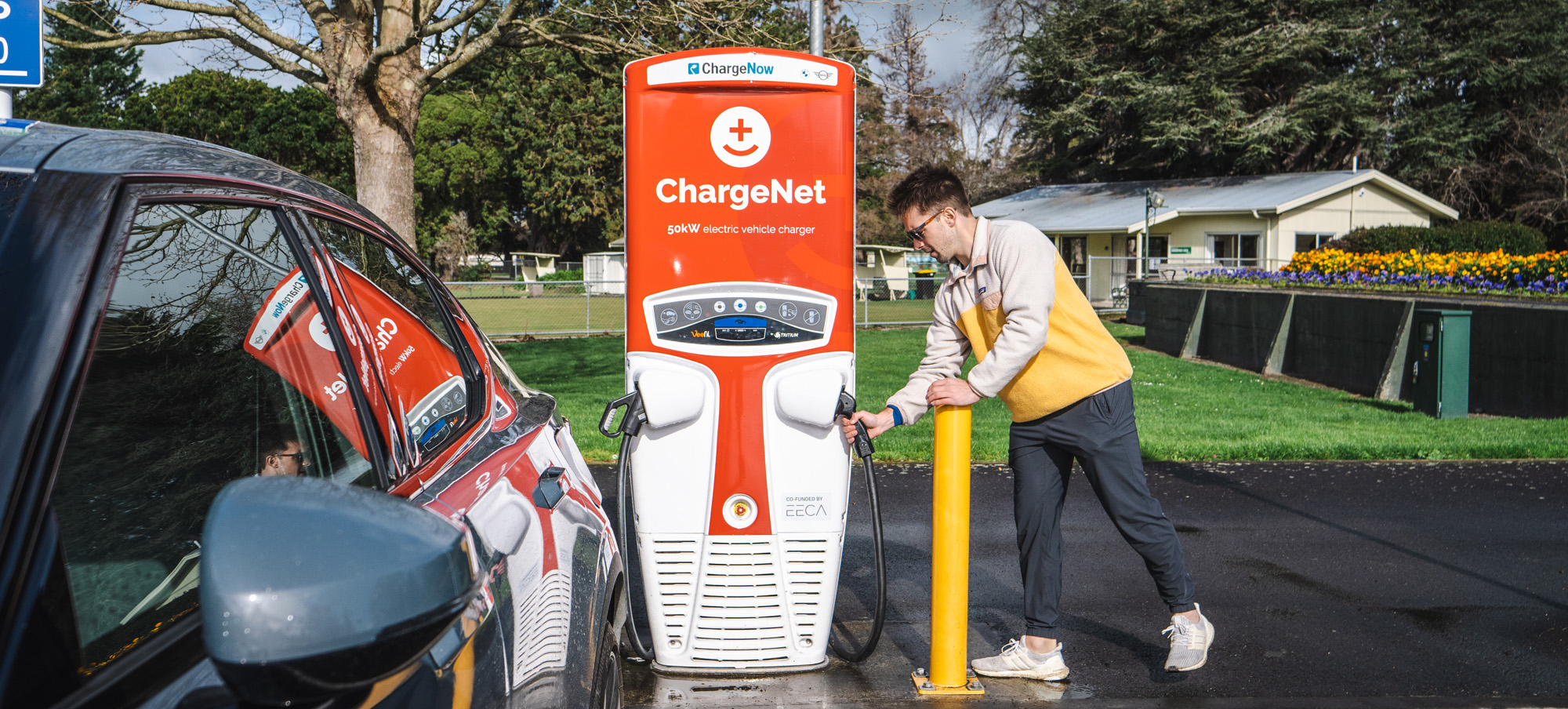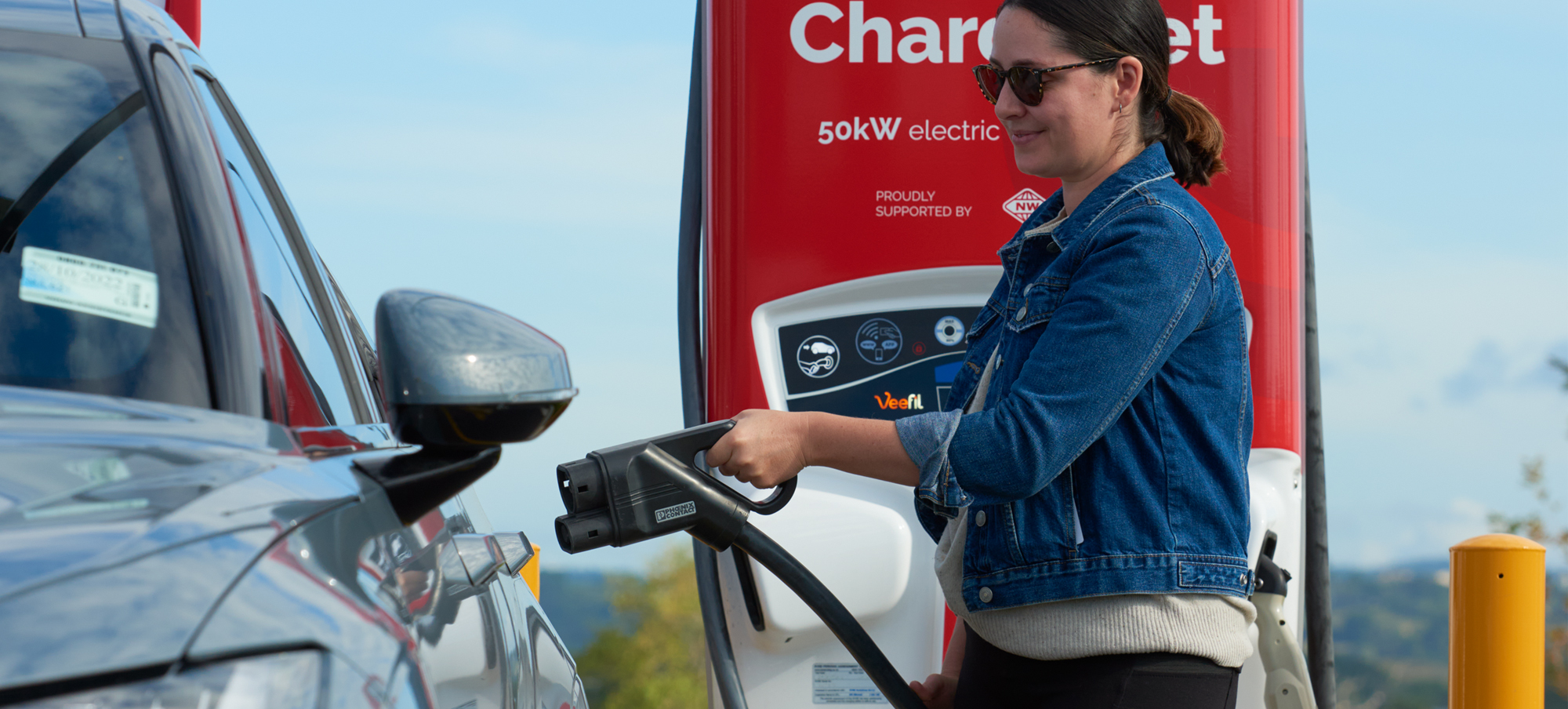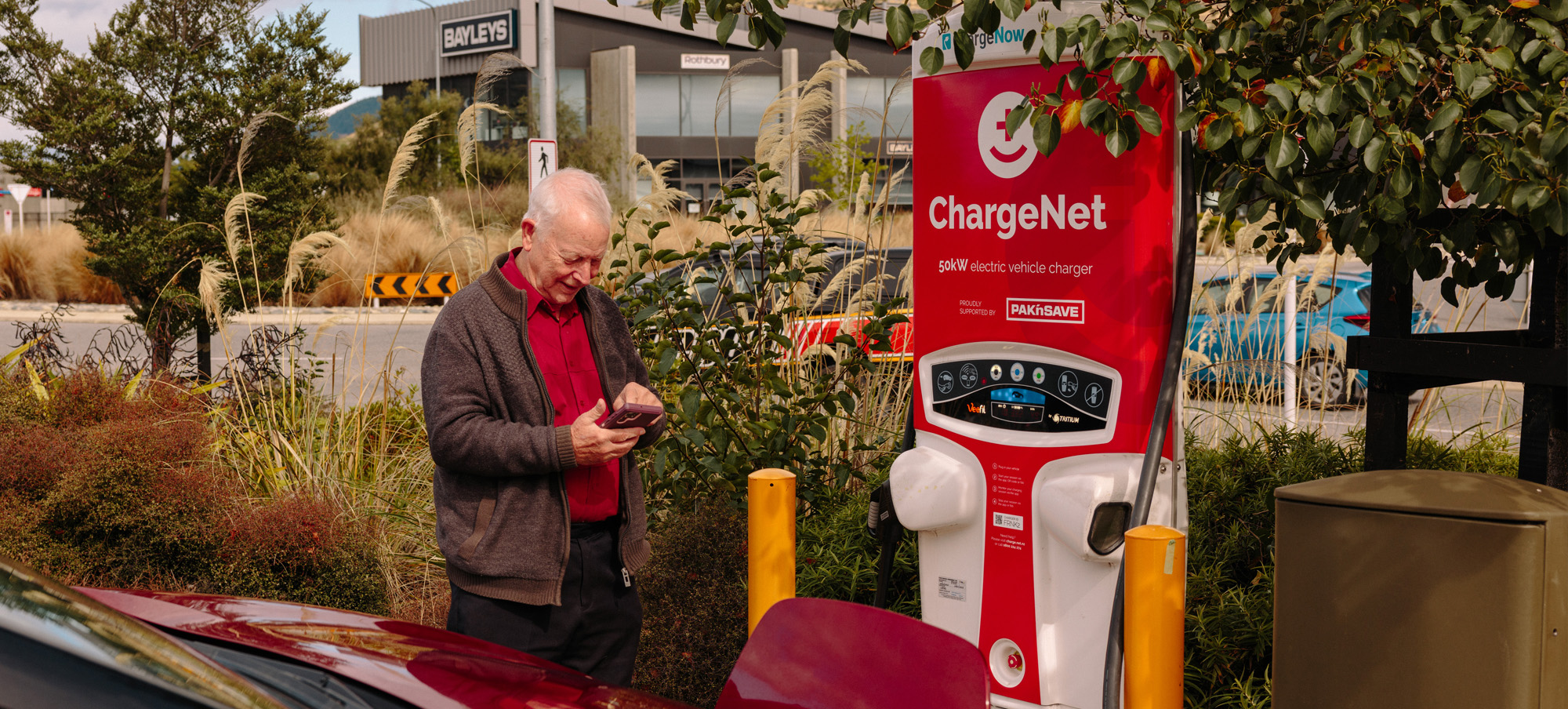
Yes, to use the ChargeNet network you will need to create an account. Creating a ChargeNet account is simple, free and takes just a few minutes. Once you’ve signed up, you’ll be able to access the rapid charging network instantly and enjoy easy billing and payment. To create your account, click the ‘Sign Up’ button.
Creating a ChargeNet account is simple, free and takes just a few minutes. Once you’ve signed up, you’ll be able to access the rapid charging network instantly and enjoy easy billing and payment. To create your account click the ‘Sign Up’ button. Next, enter your details and add your credit or debit card, and you’re ready to hit the road. Within your account, you can start a charging session, monitor your usage, and download your invoices.
We offer multiple ways to start a charging session. You can charge in one of the following ways:
Remotely via the app or start charge page:
You can activate a charging session using your smartphone via the app or going to charge.net.nz and clicking on start charge.
By RFID fob:
You can activate a charging session using the RFID fob linked to your account. Simply swipe or tap the RFID fob on the designated area on the charging station.
If you need additional support:
You can phone our 24/7 support line on 0800 224 274 and we can activate the charging station for you.
To use a ChargeNet charging station, plug in your EV and activate your session within the ChargeNet app or by swiping your RFID fob and pressing the ‘start’ button on the charger.
Please ensure that your EV is turned off as some will not initiate a charge while switched on.
If in doubt, the instructions are printed on the front panel of each of our chargers.
If a charging session has not started within 3 minutes, the charger will time out. If this happens, please return the charger to its cradle to reset the machine before starting the charging process again.
On stations that have the option of selecting a max charge (80% Max black button) these stations will default to a 80% charge as it is the quickest most efficient charge. If you wish to receive the max charge of 95%, please press the max button.
Please be courteous to other users by not parking at an EV charging station if you are not charging and by moving your vehicle once you are finished.
To learn more about EV Fast Charging Stations and how to use them, check out this article.
Prices are set at a charging station level. For a full list of current charging rates please refer to the map or download the ChargeNet app.
Yes! This is available to download for free from the iOS App Store or Google Play Store.


